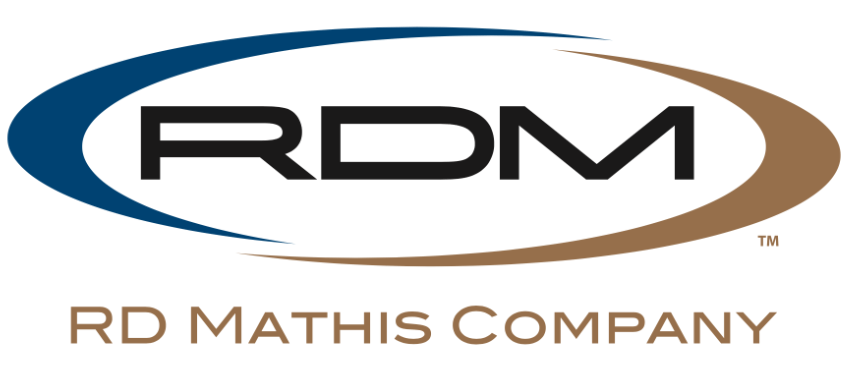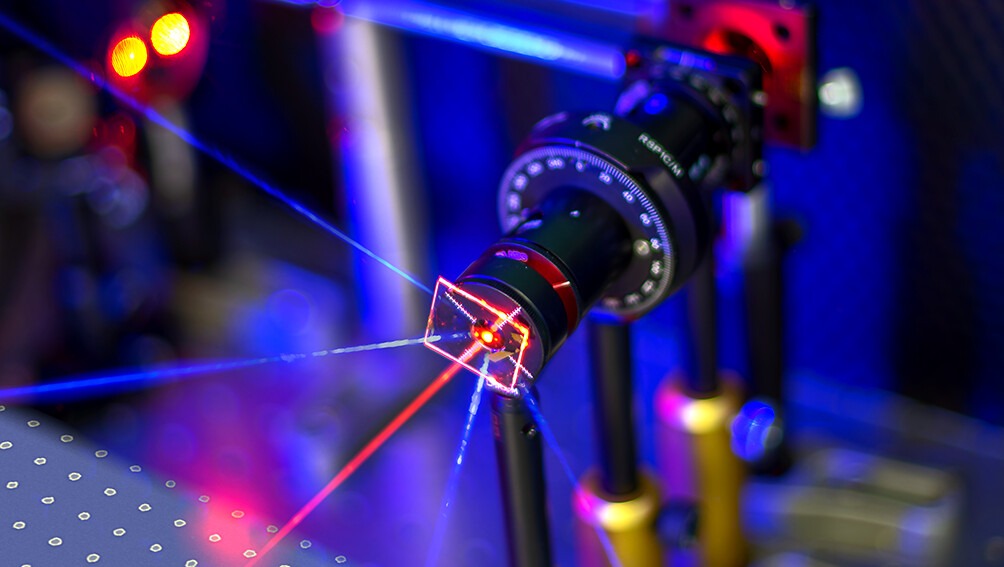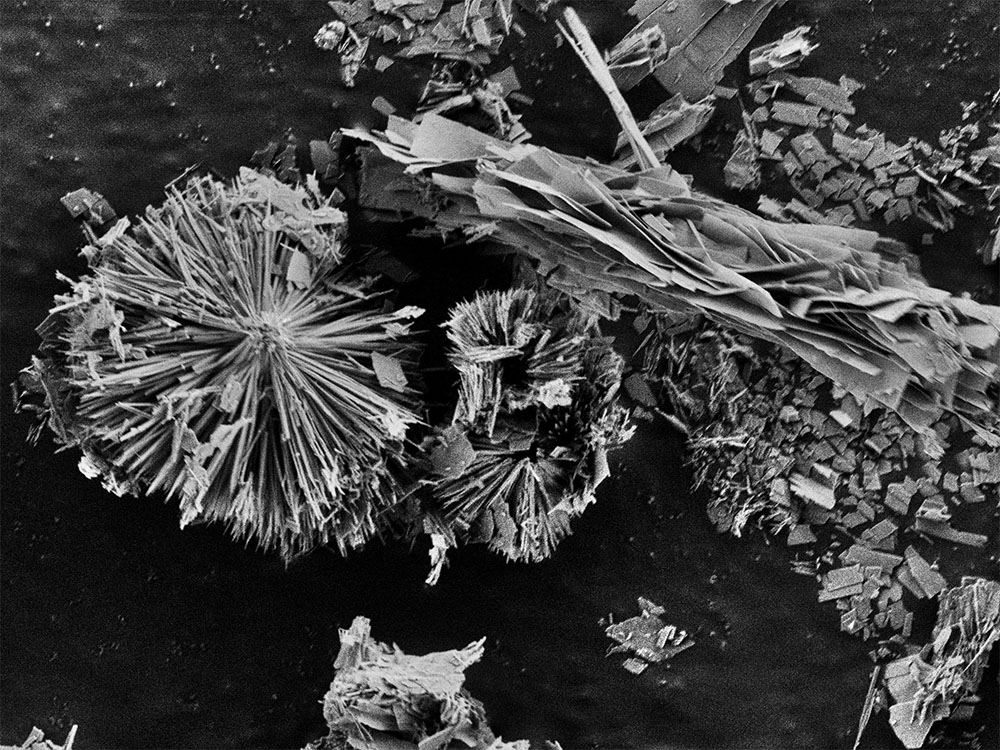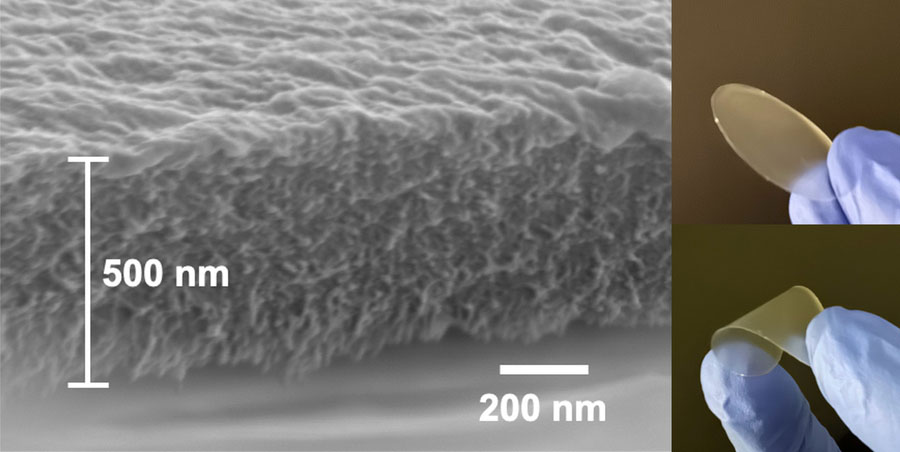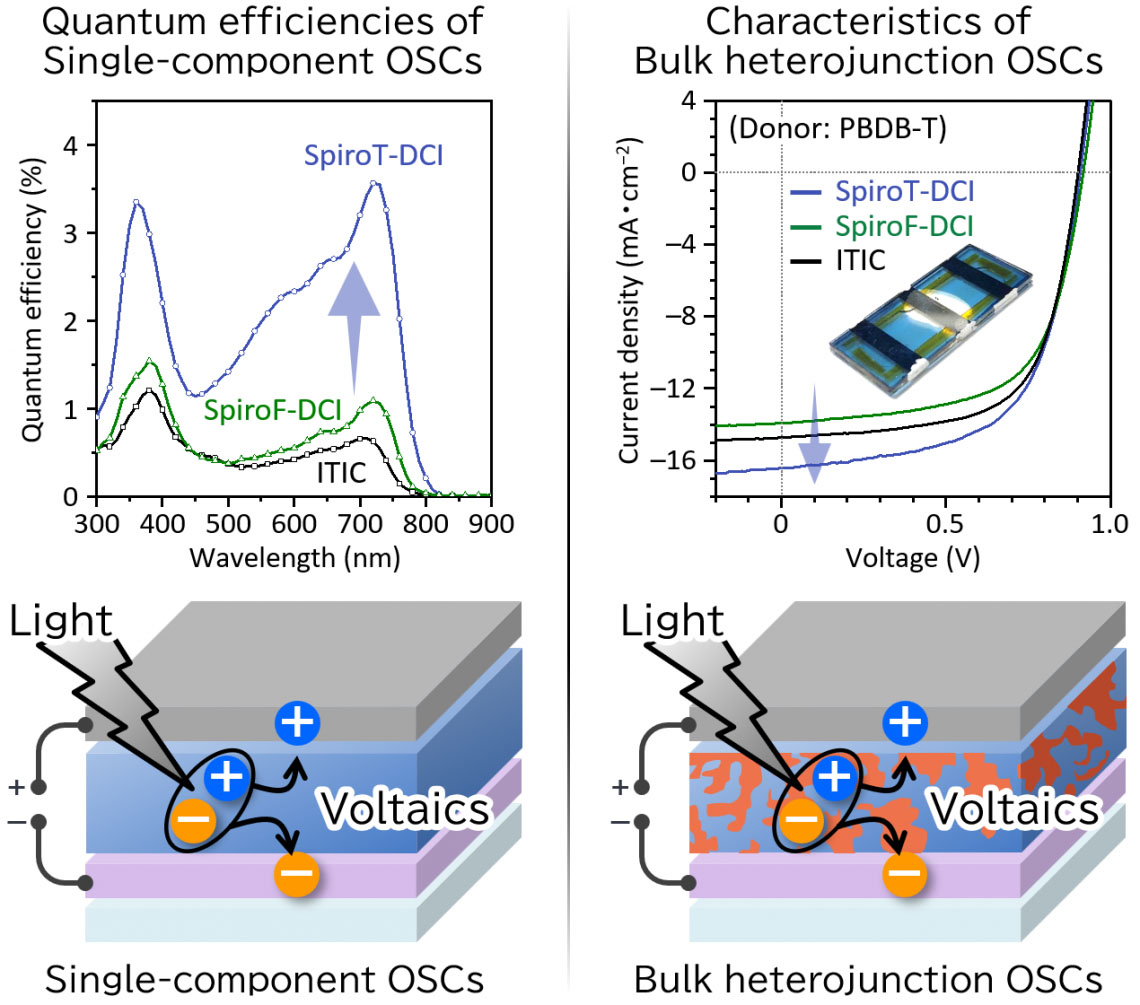0
You have 0 items in your cart
- Home
- Products
- Evaporation Sources
- Alumina Coated Sources
- Baffled Box Sources for SiO and ZnS
- Baskets and Heaters
- Chrome Plated Tungsten Rods and Tungsten Screens
- Crucibles and E-Beam Liners
- Folded Baffled Box Sources
- Folded Boats
- Micro Electronic Sources
- Point Source Filaments
- Shielded Crucible Heaters
- Special Boats Tantalum
- Tungsten Filament Evaporation
- Tungsten, Tantalum and Moly Evaporation Boat Sources
- Evaporation Materials
- Equipment & Accessories
- Evaporation Sources
- Technical Library
- FAQ
- Media
- About Us
- News/Blog

